Jianshui Zitao “Massive” Teacup
$30.00
- Name: Jianshui Zitao “Massive” Teacup
- Volume: 109 ml
- Material: Hong Ni, fired in an oxidation environment
Description
Name: Jianshui Zitao Massive Red Teacup
Volume: 109 ml (since these teacups are handmade, each is unique. Therefore, there are slight variations in size, weight and volume ±10-18 ml.)
Size: height 4 cm, diameter 6.5 cm
Material: Hong Ni, fired in an oxidation environment
As explained above, each teacup is unique. The exact volume and size of the teacup you will receive might vary slightly from the one indicated above.
We name this cup Massive Teacup for its sturdiness. It is heavy and thick. So thick that when you first pour the hot tea into the cup, you will think that the tea is cold because it takes a while until the teacup gets hot.
To have an idea of the size, compare its size with the teapot in the last picture. That pot has 100 ml.
We chose this one because it feels comfortable when holding it, and it has a simple but elegant shape. The clay is pure and seasoned fast!
The advantage of using clay teacups is that you can improve the tea’s brewing result without worrying about the long heat retention of the clay (when brewing the tea leaves inside the teapot).
You can use a Zitao teacup with almost any kind of tea.
The bitter edges of the tea will be round up, the astringency softer, and the tea soup slightly thicker.
The drawback is that the aroma is not as sharp as when using porcelain.
Therefore, if you want to drink a highly aromatic tea like some High-mountain Taiwanese Wulong, it’s better to use a simple porcelain cup.
When using a clay teacup, considering what kind of teaware you will be using to brew the tea is also crucial.
Brewing the tea in a very porous Zisha pot and then a clay teacup. It would be too much rounding.
But if you are drinking some Puer tea with wet storage notes, a Cooked Puer tea or a Heicha. Using a very porous Zisha and a Zitao teacup will be suitable.
It might be easier to pair a Zitao teacup with a Zitao Teapot or a non-porous teaware like porcelain.
These are some simple guidelines. I advise you to try the teas you like with the clay and see if it suits them!
To learn more about how the clay affects the tea, you can read our blog’s post: Comparing Brewing Results: Zitao, Porcelain and Zisha.
I like classic style Zitao pottery; however, I also like this style, unpolished and without decoration. It preserves the character of the clay (better than polished pottery), and I can see how it changes after seasoning.
If you look carefully at the close-up picture of the teacup, you will see some black dots, which are iron oxide that melted during the firing.
Jianshui Zitao teaware uses pure clay that is rich in minerals.
Some of those are ferric oxide (iron oxide), silicon, aluminium and others.
Iron is the main element that gives colour to the pottery.
On finished products can be seen in different red tones, brownish, bronze and black, depending on the firing method, the clay used and polishing techniques.
You can read in our blog more in-depth About Jianshui Zitao Pottery click here.
Before usage: I advise you to rinse it with boiling water one or two times.
Then check if there are any clay deposits.
You can brush or rub the inside with a cloth. Then check again. Repeat the procedure if needed.
Then you can start making tea.
It might take 1-2 weeks (of daily usage) until it makes decent tea.
Additional information
| Weight | 353 g |
|---|---|
| Dimensions | 6.5 × 4 cm |
Reviews (0)
Only logged in customers who have purchased this product may leave a review.


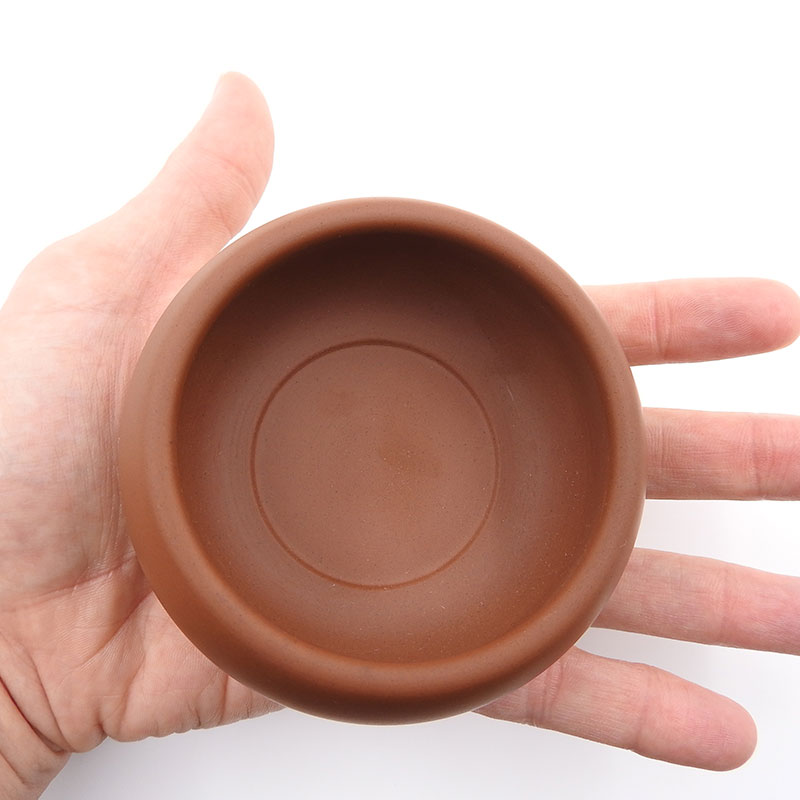
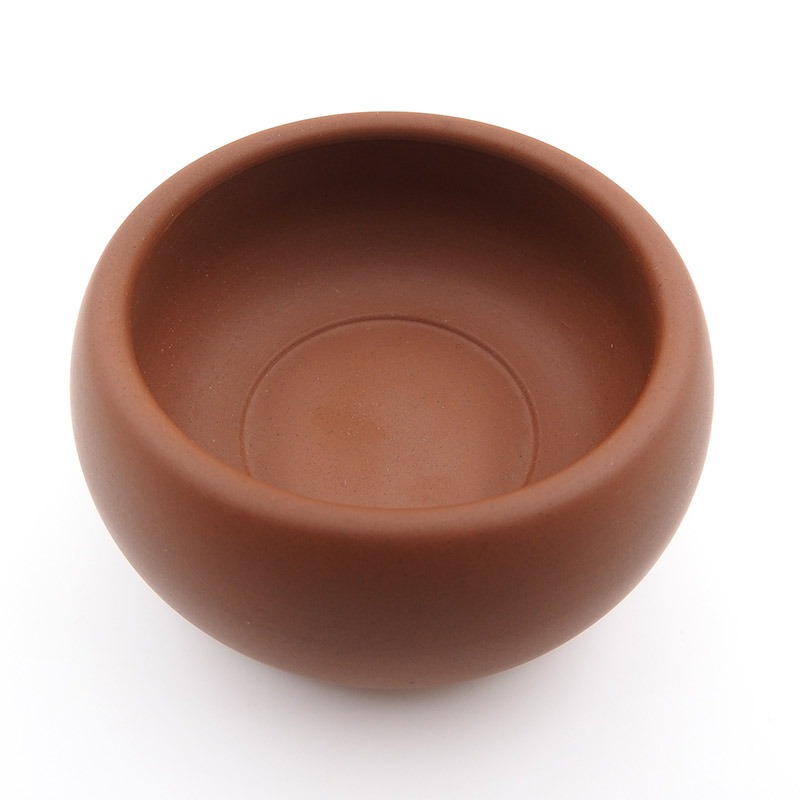
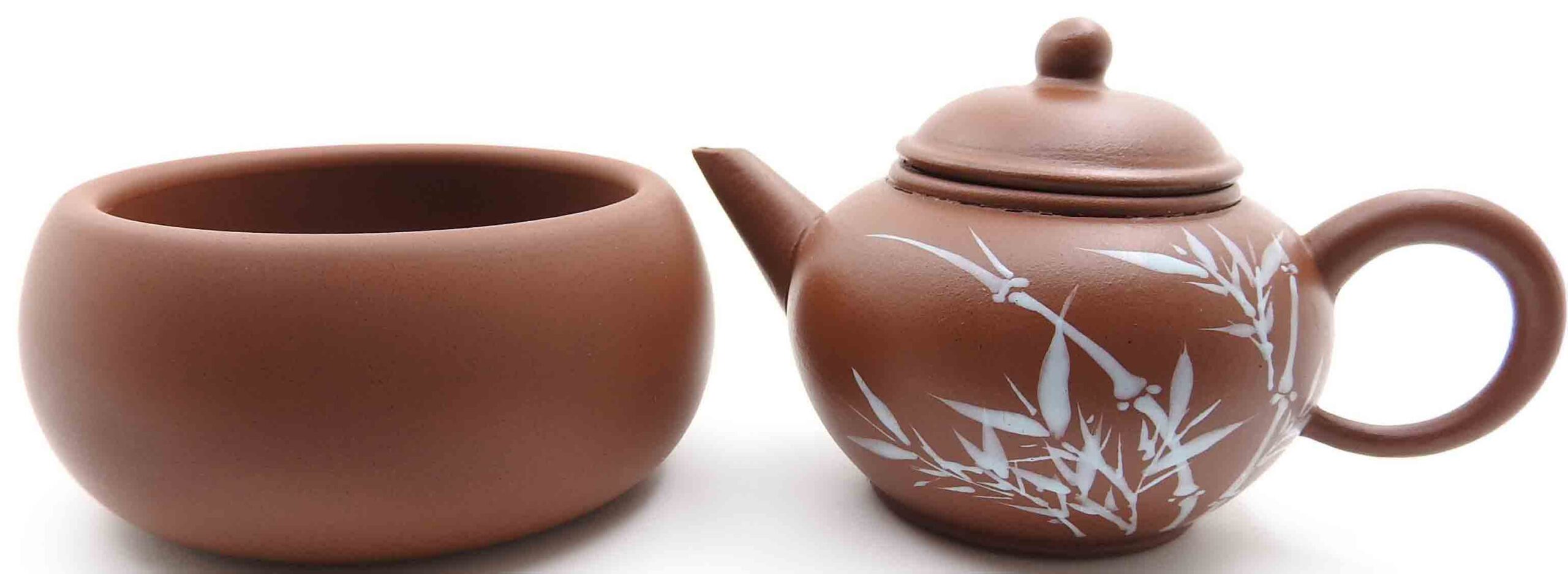
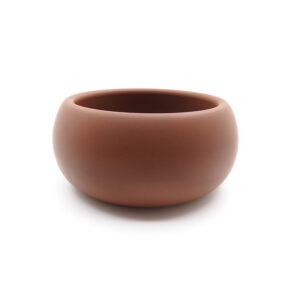
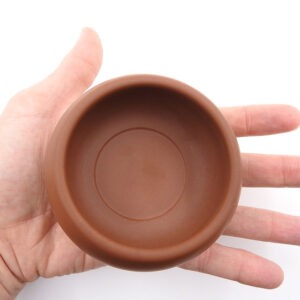
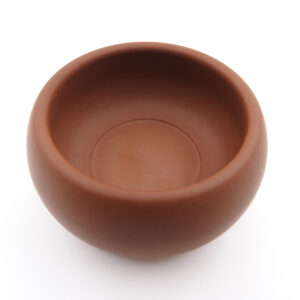
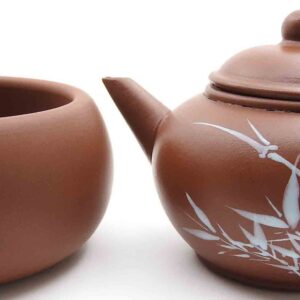
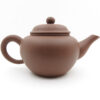
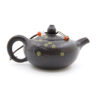
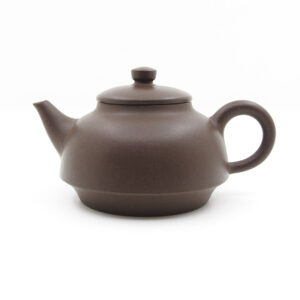
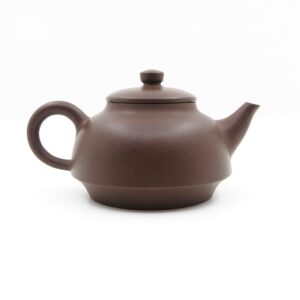
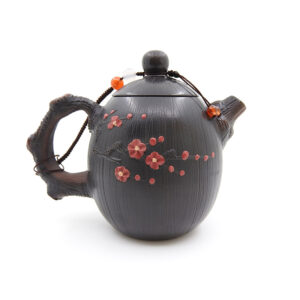

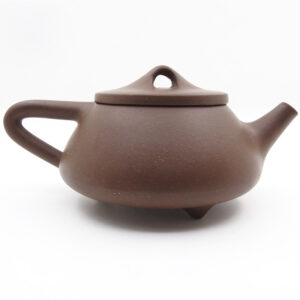
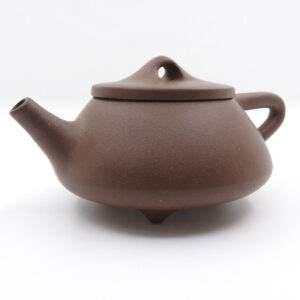
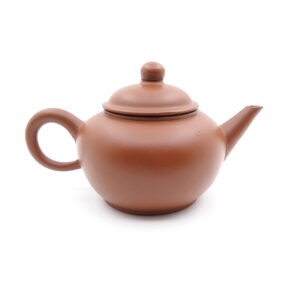

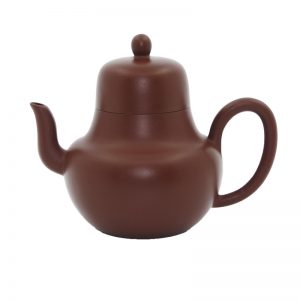

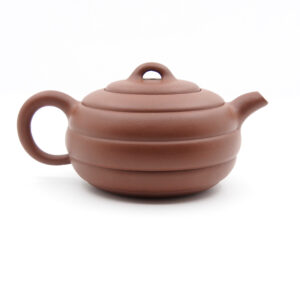
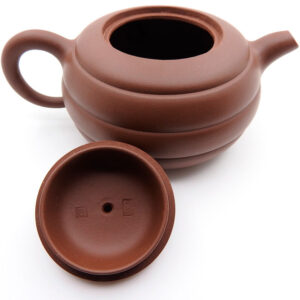
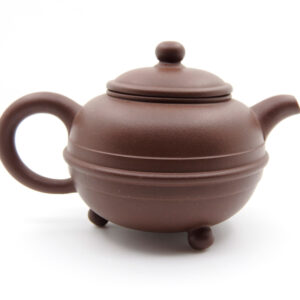
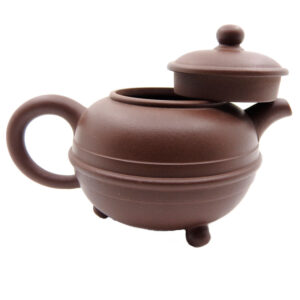
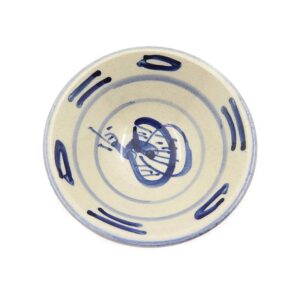

Reviews
There are no reviews yet.